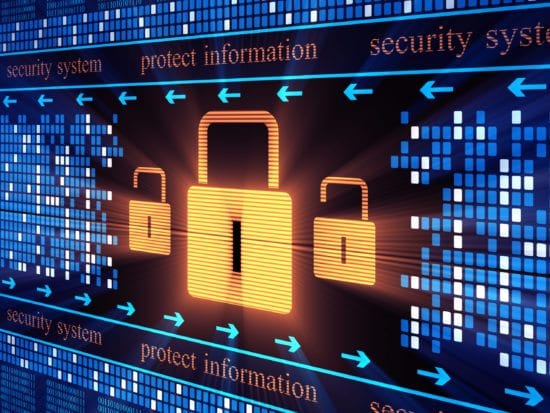US CERT has issued an advisory on a ransomware campaign leveraging remote access technologies. Malicious cyber actors are targeting organizations’ networks through remote access tools, such as Remote Desktop Protocol and virtual private networks, to exploit unpatched vulnerabilities and weak authentication. After gaining access, cyber actors use various tools—including mimikatz, PsExec, Cobalt Strike, and Nefilim ransomware—for privilege escalation, lateral movement, persistence, and data exfiltration and encryption. Due to the level of access gained before deploying ransomware, the issue cannot be resolved by simply restoring data from backup.
The opinions expressed in this post belongs to the individual contributors and do not necessarily reflect the views of Information Security Buzz.



